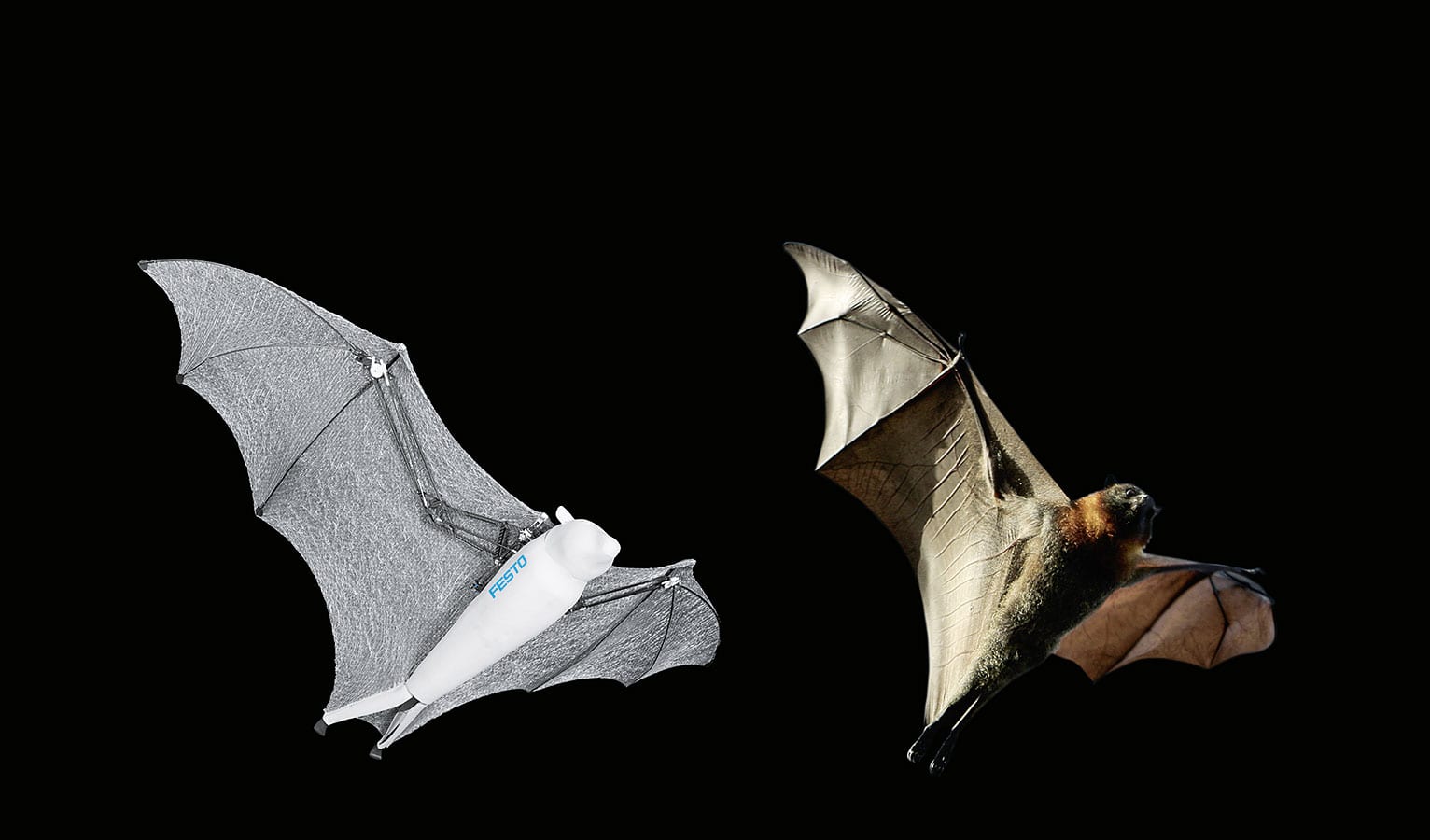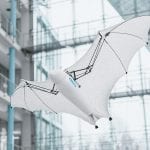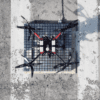This Smart Bionic Bat Drone Can Create Its Own Flight Path
An intelligent, ultralight flying ‘bat drone’ with the ability to learn its way around a closed environment has been developed by Festo, a company that specialises in industrial automation and education.
Their Bionic Learning Network developers have observed the flight dynamics flying fox in detail and created an autonomous flying robot that closely imitates their special flight characteristics. By combining the integrated built-in electronics of the ‘bat drone’ with an external motion tracking system, the ultralight flying object can move semi-autonomously in a defined air space, the creators say.
Why have they created this? We’re not sure – it certainly does not appear to have any immediate commercial applications, but would certainly make a cool addition to any wish list.
- Source: Festo
- Source: Festo
- Source: Festo
An important part of the autonomous system consists of two infrared cameras, which are based on a panoramic unit. This allows them to be turned and tilted so that they can follow the entire flight of the Bionic Flying Fox from the ground. The cameras detect the flying fox by means of four active infrared markers attached to the legs and ends of the wings.
To enable autonomous flight, the ‘bat drone’ flies around the room, sending images to a central main computer. There, the data is evaluated, coordinating the flight externally like an air traffic controller.
Machine learning also allows the flying robot to create its own flight paths. The necessary control algorithms are transmitted to the bat drone from the main computer, where they are automatically learned and constantly improved. The Bionic Flying Fox is therefore able to optimize the behavior during flights and to follow the specified routes more accurately on each completed circuit. In this respect, the operating elements are controlled by the movement of the legs and therefore the adjustable wing area.
Pre-programmed paths can also be stored on the computer that specify the flight path of the BionicFlyingFox during maneuvers. The wing movements that are necessary to achieve the intended routes ideally are calculated by the flying fox itself with the help of its built-in electronics and its complex behavior.
Bats are the only mammals that maintain flight for any significant length of time. The flying fox, a type of bat endemic to the tropics and subtropics of Asia, Australia, East Africa, and certain remote oceanic islands in the Indian and Pacific Oceans, features like other bats a thin elastic elastic membrane that extends from the extended ‘wing’ and the fingers to the foot. During the flight, animals move aerodynamically and aggressively in the air by controlling the curve of this flying membrane with their fingers.
These flight abilities mean that they are able to reach a maximum lift, even during slow flight maneuvers.

Source: Festo
In creating the bat drone, Festo’s team have literally taken the path of art imitating life. Like the real-life flying fox, its wing consists of an elastic membrane that extends from the wings to the feet, creating a wing surface that is relatively large, but with a loading surface that is as small as is possible. The weight of the autonomous flying robot is relatively small compared to it’s wingspan, at only 580 grams, whereas the wingspan is over 2 metres. All pivot points of the wing are activated on one plane, so the BionicFlyingFox controls and fold its wings individually.
To ensure the lightweight design, the team created a flying membrane for the wing consisting of two waterproof films and a knitted elastane fabric. Incredibly, they then welded these together at approximately 45,000 points. The elasticity and the honeycomb structure of the fabric allow the shape to mainatain even when folded, and prevents small cracks from developing within the flying membrane.
So will you be able to add the bat drone to your Christmas list? Unfortunately not, Dr. Elias Knubben, head of corporate bionic projects at Festo, said. “Nevertheless we’re trying to transfer the knowledge gained in the development of the bionic projects on product-related topics like energy efficiency and lightweight construction, so we can offer more efficient products and solutions to our partners and customers.”


























